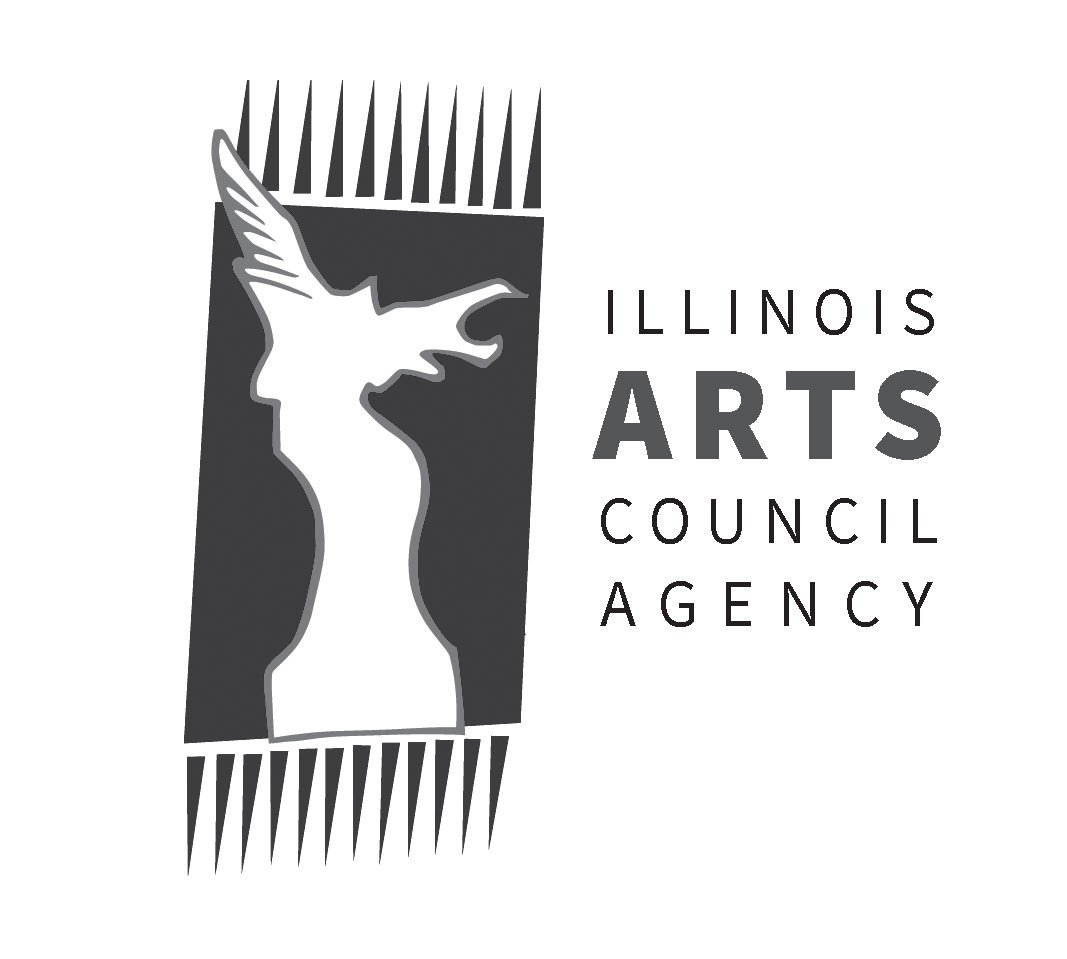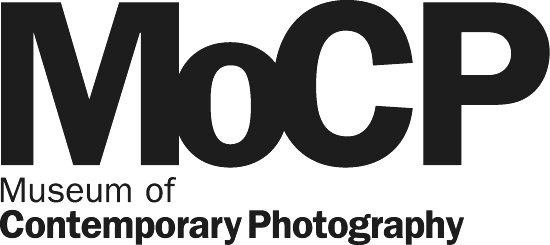Journey from French to English
/“We’re creating a whole universe about a love story,” explained director Éva Patkó. With the company team complete – from cast to designers – the universe for Simon Abkarian’s Dinah, her husband, and her son is leaving the imagination for the stage. Though Abkarian’s script provides the fullest depth of life, it remains dormant until placed in the hands of the theatre. These characters remain only ideas, only words on a page, until they receive bodies, breath, and voices. And Dinah’s home is nothing beyond the imagination until designers and carpenters begin sketching ideas and hammering nails.
The creative process is ultimately an exploratory one. For the cast, this exploration has begun with scouring fourteen scenes of text. As they have come to know their characters and the universe they inhabit, I’ve been struck with the depth, power, and beauty of language. Though Penelope, O Penelope was written by Simon Abkarian, this script has become uniquely Theatre Y’s thanks to the meticulous efforts of Artistic Director and actress (Dinah/Sofia) Melissa Lorraine to translate the text from its original French. The cast has therefore been required to examine each word, each syntactical decision, and each movement of text to determine that each translated word is appropriate for the mouth of their English-speaking characters. Through paying such respect to the language, the cast has come to know, inside and out, the world that they’re not just entering, but bringing to life.
Through this process of language, the cast has consequently been faced with the question of Who am I? As beautiful as the language is, it’s not self-explanatory. These characters are people and people are complex, and even though an actor may have memorized the text, it certainly does not mean that he knows himself. In each line the actors find new questions and new answers and move closer towards discovering just to whom it is that they’re giving voice.
As the cast has pondered lingual nuances, the production team, led by Production Manager and actor (Ante) Kevin V. Smith has begun transforming the chapel into Dinah’s modern Ithaca. From scrutinizing fabric samples to selecting dirt for the floor, there are no choices too meticulously determined. Having been through the script several times, both on my own and with the cast, I have been fascinated to see how these creative minds are interpreting and visually producing the text. These carefully determined choices are what bond Dinah’s story with Theatre Y’s, making them seamlessly one.
Through rehearsals, production meetings, marketing strategizing, and set builds I have concluded that everything is story. With a blanket around her shoulders, we know that Dinah’s cold with no one to fill her bed. And Ante’s inability to master the tango indicates just how out of step his warped mind really is. Everything is characterization, and not just of the characters, but of the universe as a whole. Each detail serves to deepen and expand the universe, which has led me ask, Is Dinah’s story worth it? Is Dinah worth it? It’s stunning to witness just how dedicated the artists of Theatre Y are for, what Patkó claims, is “an art form written in water.” Their dedication is a statement on not only Abakarian’s work, but on art itself.
Odysseus’ journey is well known. We are learning more of Penelope’s – of Dinah’s – and in the process are learning that of Theatre Y. Though we face no sirens or suitors, the artistic journey is an endeavor nonetheless, and is unfolding itself to be well worth the exploration.




























